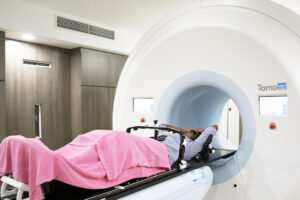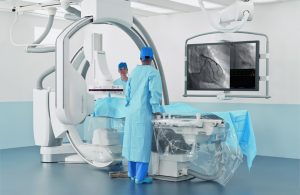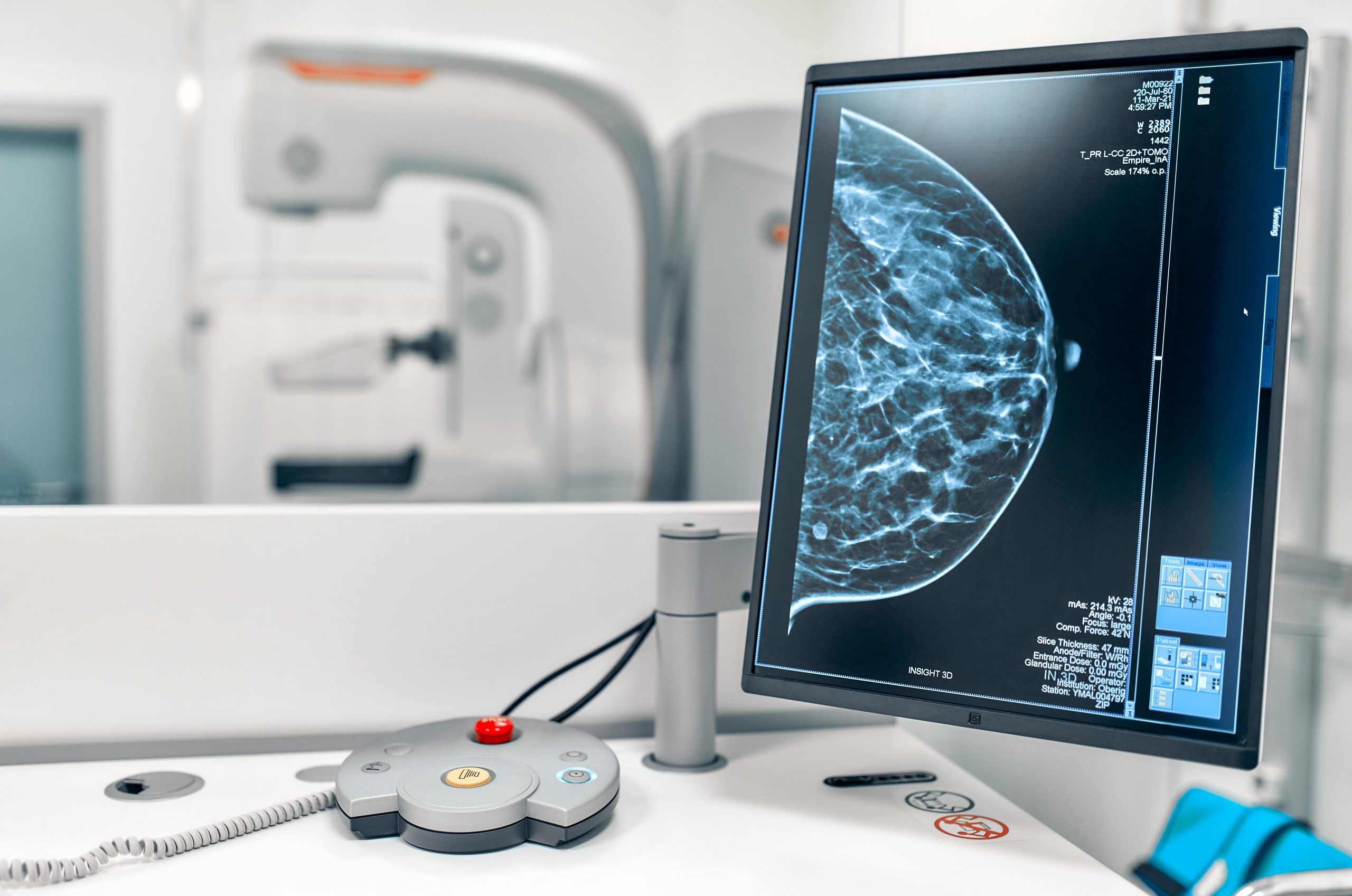Is an Ultrasound or Mammogram Better for Breast Cancer Detection?
- All women should do a monthly breast self-examination. Since the incidence of breast cancer increases with age, those 40 and above should take extra care and attend regular breast screenings — once every two years for those aged 50 and above, and yearly for those aged 40-49.Mammograms and ultrasounds are commonly used to detect breast cancer, although both work in rather different ways and serve different purposes.
Is an ultrasound or mammogram for breast cancer better?
It is usually not the case where one scan is better than the other; there are many factors that determine whether an ultrasound or mammogram is a more suitable testing modality for each individual.
Generally, a mammogram is the primary screening tool for breast cancer, on the other hand, an ultrasound is not used on its own as a screening test for breast cancer- it is ordered when a lump is detected or when an abnormality is found on a mammogram. So in this sense, both work together in detecting breast cancer.
Women often ask if they can skip the mammogram and opt for an ultrasound instead since the latter is less painful, but multiple studies have shown that a mammogram is the most effective screening tool to detect early breast cancer and reduce the number of deaths.
Key differences between a mammogram and ultrasound
1. Mammogram
A mammogram is a screening tool that uses low dose x-rays to examine the breasts. It works by compressing the breasts between two plates and often, pressure is felt during this process. Some women may even experience discomfort due to this compression, but this technique is necessary to obtain clear images in order to detect small abnormalities or microcalcifications, which are tiny calcium deposits present in early breast cancer.
The images are then analysed by radiologists. If the findings indicate the presence of a lump or appear uncertain, the woman may be asked to return for further tests such as an ultrasound. Typically, about 5-10% of women are called back for further tests, but fortunately more than 90% of these cases turn out to be non-cancerous.
2. Ultrasound
An ultrasound uses high-frequency sound waves to assess tissues inside the body and converts them to an image. Unlike a mammogram, there is no radiation involved in an ultrasound, making it safe for pregnant women. A small probe moves across the breast to determine if lumps are solid (such as a fibroadenoma or cancer) or fluid-filled (such as a cyst), ultrasounds therefore provide supplementary information that a mammogram cannot obtain.
Why don’t I jump straight to having an ultrasound then?
While it appears that an ultrasound is more efficient and cost effective, a mammogram should always be the first tool of choice to screen for breast cancer, as an ultrasound comes with its own limitations that make it inappropriate as a screening test.
These limitations include:
Inability to take an image of the whole breast at once
An ultrasound uses a hand-held probe to focus on abnormal areas around the breast, it is subjected to errors and operator dependent.
Inability to capture areas deep inside the breast
While an ultrasound is very useful for evaluating superficial lumps, a mammogram is better at detecting abnormalities deeper within the breast tissue.
Failure to show microcalcifications
Microcalcifications are tiny accumulation of calcium around a tumour and are often picked up on mammograms. Although calcifications may be normal, if they appear in certain patterns or clusters, this can be the first and earliest sign of cancer.
This explains why mammograms are still the gold standard for breast cancer screening in Singapore.
When an ultrasound may be helpful
With all that’s said, it doesn’t mean an ultrasound does not have its use. There are a few instances where an ultrasound may be the more appropriate option, such as when:
- You feel a palpable lump but the mammogram does not show any abnormalities
- You have breast problems and are in your 20s or 30s
- You have breast problems and are pregnant
- You have a cyst that requires draining
There are also instances where women with dense breast tissue require both a mammogram and an ultrasound.
It is important to always take breast cancer detection seriously and attend regular screenings, which for most women start with a mammogram.
References
- Kolb, T. M., Lichy, J., & Newhouse, J. H. (2002). Comparison of the performance of screening mammography, physical examination, and breast US and evaluation of factors that influence them: an analysis of 27,825 patient evaluations. Radiology, 225(1), 165–175. https://doi.org/10.1148/radiol.2251011667
- Rauscher, G. H., Conant, E. F., Khan, J. A., & Berbaum, M. L. (2013). Mammogram image quality as a potential contributor to disparities in breast cancer stage at diagnosis: an observational study. BMC cancer, 13, 208. https://doi.org/10.1186/1471-2407-13-208
Source : https://healthclinicgroup.com





